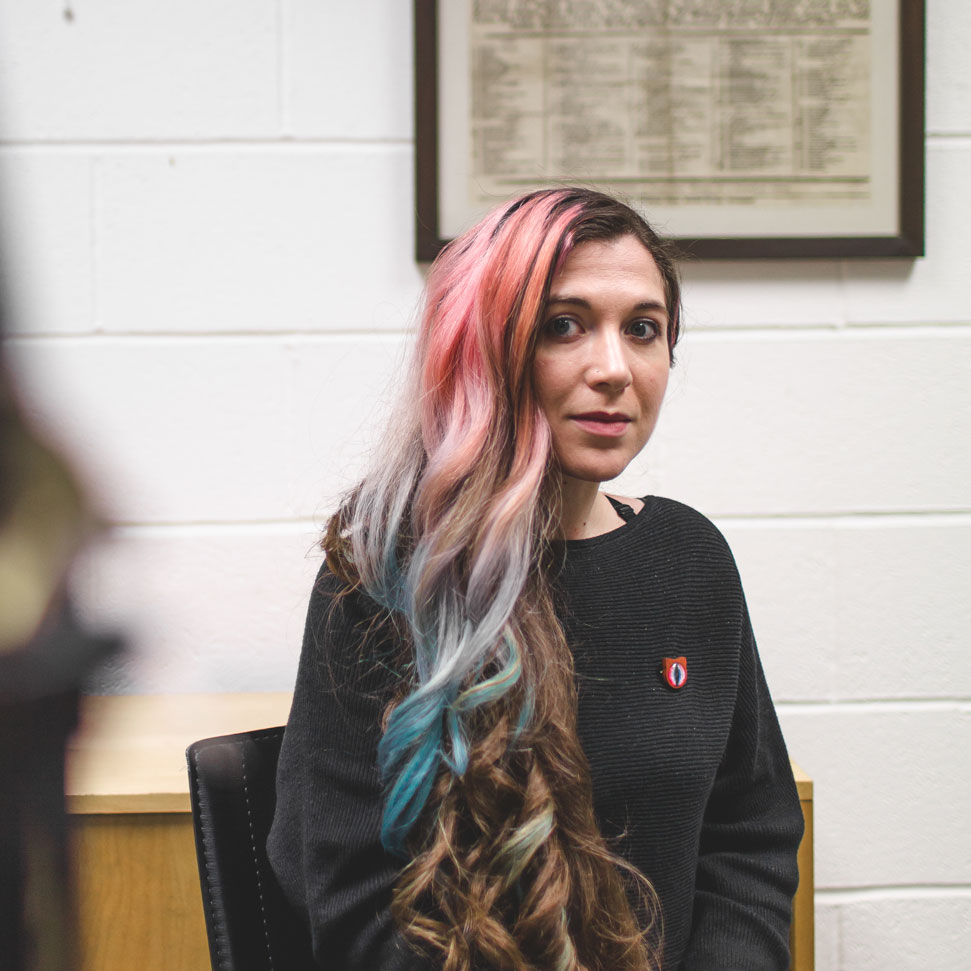The beautiful work of Hannah Barlow
We just love the intricate detail and beauty of these lovely vases that have just been consigned to our August auction which will take place on 19th and 20th of August.
Hannah Barlow (1851-1916), alongside her sister Florence (1855-1909) is arguably one of the most recognised artists working at Doulton & Co at the turn of the last century.
As one of nine children, the Barlow children spent their childhood in Hertfordshire surrounded by animals and nature. Their father Benjamin Barlow “decided preference for the pursuits and surroundings of country life, fondness for animals, taste for the cultivation of land and desire that all his children should be thoroughly imbued with the love of nature”. Now contained at the Sir Henry Doulton Gallery, numerous sketchbooks from Hannah’s childhood show that she enjoyed sketching animals and nature with real talent for rendering animals in there surroundings, a talent that was entirely self taught.
In 1868, a chance meeting with John Sparks would encourage Hannah to enrol at the Lambeth School of Art in 1868. John Sparks had persuaded Henry Doulton to start an art studio at the Lambeth factory which had previously been producing salt-glazed stoneware bottles, jugs and drainage goods. George Tinworth had been the first artist employed in 1867, followed by Hannah Barlow’s employment in 1871. She would become the first woman employed at Doulton & Co in an artistic capacity.
In 1873, her sister Florence Barlow joined Doulton followed by her sister Lucy and her brother Arthur.
The Barlow sisters agreed that Hannah would decorate using the sgraffito technique to decorated with horse and other animals. Florence would specialise in painting flowers and birds. The sisters would be responsible for the central band and then would be assisted by junior artists who would be responsible for the formal borders, backgrounds and the application of beading.
Hannah Barlow’s output was considerable – it is believed she would often decorate twenty pieces a day. Her designs came from memory and would be directly applied to the wet clay often without sketches. Several years into her career, rheumatism struck her right hand and she was forced to a ware a splint which made it difficult to decorate. As a result, she trained herself to use her left hand, with little difference in the quality.
She retired from Doulton in 1913, having worked there for over forty years.
CLICK HERE TO VIEW AUGUST CATALOGUE
Never miss an auction at Fieldings, to sign up for auction alerts
CLICK HERE TO REGISTER WITH US
Posted on 29 July 2021
Be in the know
Sign up for auction email alerts so you never miss another sale at Fieldings!
Register now

